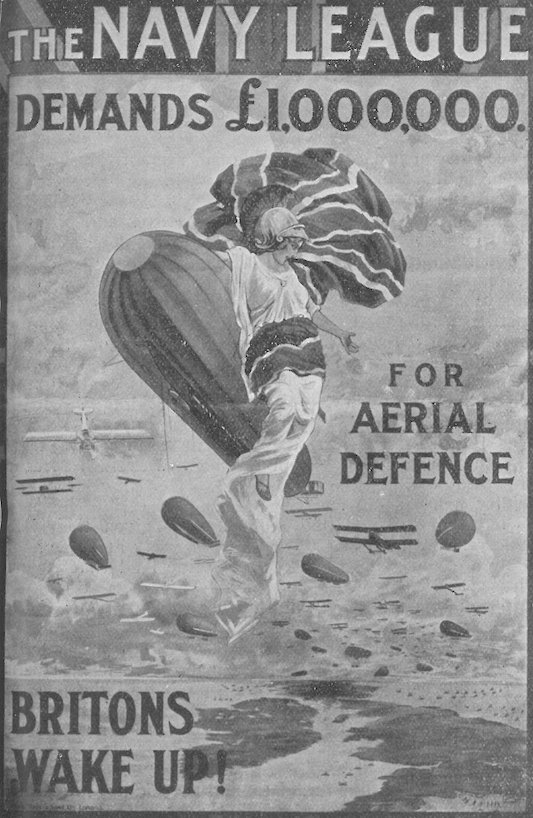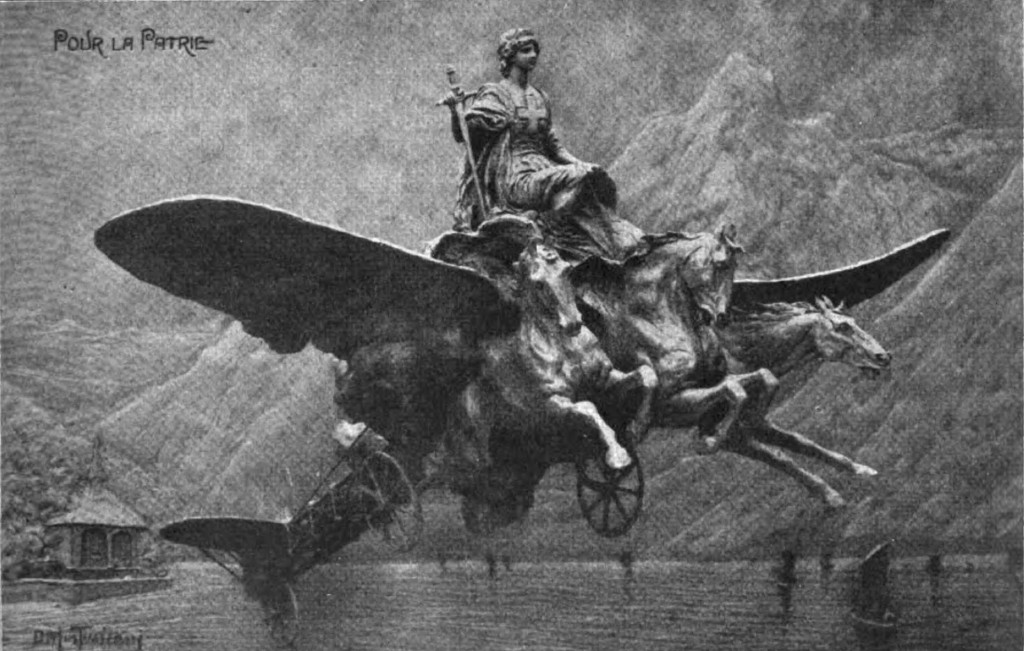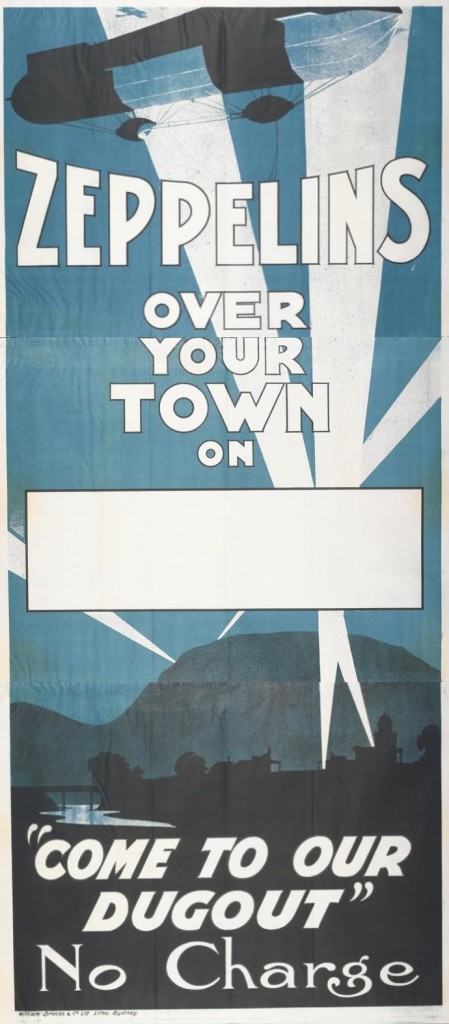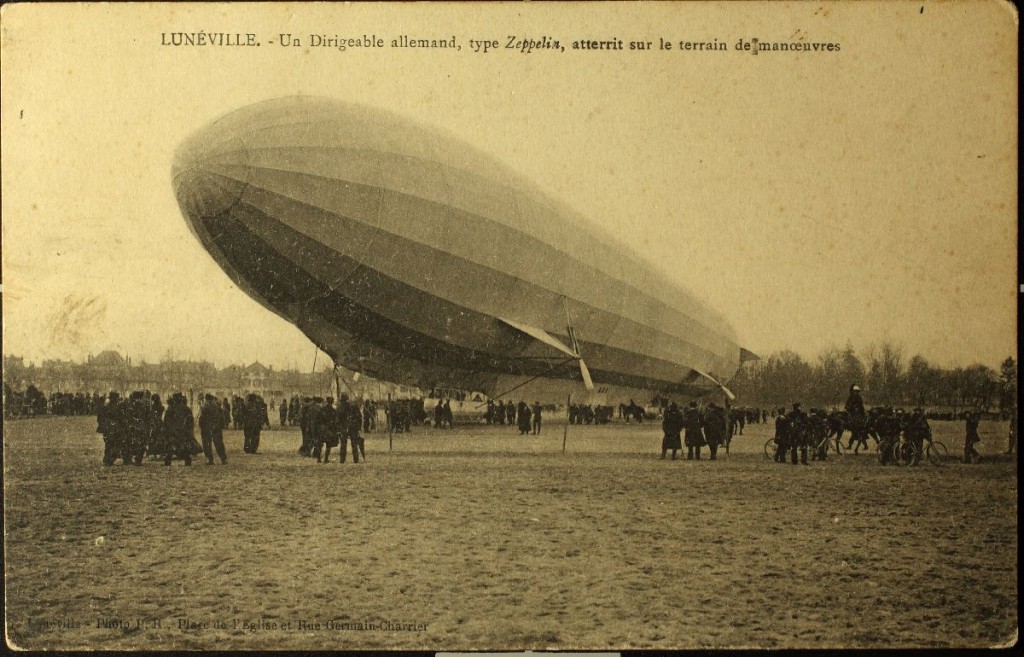Judging a book by its cover
My book, The Next War in the Air: Britain’s Fear of the Bomber, 1908-1941, is getting closer to being real. In June, in just three months, it will be in the bookstores. Soon the indexing will be undertaken. Yesterday I made the final corrections to the text, and shortly I’ll receive the page proofs from […]








